Did you know that sea kale, a nutrient-rich sea vegetable, is quietly thriving along coastlines worldwide, waiting to be discovered for its diverse culinary possibilities? This vibrant green delight is not only packed with vitamins, minerals, and protein but also offers a sustainable food source for those seeking to embrace more eco-conscious eating habits.
Key Takeaways:
- Sea kale is a nutrient-rich sea vegetable that grows abundantly along coastlines worldwide.
- It offers a versatile addition to your culinary repertoire, with various dishes incorporating its vibrant flavors.
- Sea kale serves as a sustainable food source, supporting eco-conscious eating practices.
- With its impressive nutritional profile, sea kale is a superfood that deserves a place in your diet.
- By exploring and embracing sea kale, you can add a unique and flavorful twist to your meals while supporting a more sustainable food system.
What is Coastal Foraging?
Coastal foraging is an exhilarating adventure that takes you along the beautiful coastlines in search of wild edible treasures. It’s a chance to explore the bounty of nature and discover the hidden gems that grow in abundance along the shores. From sandy beaches to rocky shores, tidal pools, and salt marshes, the coastal ecosystem offers a diverse range of edible foods waiting to be found. Coastal foraging is more than just a culinary experience; it’s an opportunity to connect with nature and appreciate the sustainable resources that surround us.
When engaging in coastal foraging, it’s important to have a deep understanding of the different species, their lifecycles, and the tides. Knowledge of these factors is crucial to identifying and harvesting the wild edible treasures safely and responsibly. Equipped with this knowledge, coastal foraging becomes a thrilling and sustainable practice that allows you to experience the coastal environment in a unique and immersive way.
“Coastal foraging is a journey of exploration and appreciation, where I connect with nature and uncover the hidden culinary treasures that the coastlines have to offer.”
The Beauty of Coastal Foraging
Coastal foraging offers a myriad of benefits for those who embark on this adventure. Here are some of the reasons why it’s worth exploring:
- Discovering wild edible treasures: Coastal areas are teeming with wild edible plants, seaweed, shellfish, and more. These natural resources provide a diverse range of flavors and textures that can elevate your culinary creations to new heights.
- Connecting with nature: Engaging in coastal foraging allows you to immerse yourself in the beauty of the coastal environment. You’ll feel a deep connection with the land and sea as you gather ingredients straight from their source.
- Promoting sustainability: By foraging along the coastlines, you’re utilizing the abundant natural resources that are readily available. This sustainable practice supports eco-friendly food choices and reduces reliance on conventional agriculture.
Coastal foraging is an exciting and rewarding experience that allows you to explore the untapped culinary treasures of the coastlines. From the vibrant flavors of seaweed to the delicate sweetness of shellfish, the possibilities are endless. So, grab your basket and set off on a coastal foraging adventure to uncover the wild edible treasures that await you.
Edible Treasures: Seaweed
Seaweed is a culinary delight that can be found in abundance along coastlines worldwide. These sea vegetables, such as kelp, nori, dulse, and sea lettuce, are not only delicious but also pack a nutritional punch. Loaded with vitamins, minerals, and even protein, seaweed is a fantastic addition to any diet.
Seaweed offers a unique range of flavors and textures, making it a versatile ingredient in various dishes. From salads to soups, stir-fries to smoothies, seaweed can be creatively incorporated into your culinary repertoire. Its umami-rich taste adds depth and complexity to dishes, transforming ordinary meals into extraordinary ones.
But the appeal of seaweed goes beyond its culinary uses. It is also a sustainable food source due to its rapid growth rate and ability to thrive without freshwater or fertilizer. By including seaweed in your diet, you contribute to sustainable food practices and support the health of ocean ecosystems.
Next time you visit the coast, don’t miss the opportunity to explore the culinary potential of seaweed. Dive into its flavors, experiment with different varieties, and uncover the wonders of these edible treasures from the sea.
Edible Treasures: Shellfish
Shellfish, such as clams, mussels, and oysters, are an absolute delight for coastal foragers like me. Not only do they offer a unique flavor profile, but they also provide a host of nutritional benefits. Shellfish are an excellent source of lean protein, making them a valuable addition to a balanced diet. They are also loaded with essential nutrients like omega-3 fatty acids, zinc, and vitamin B12, which support heart health, immune function, and overall well-being.
However, it’s essential to be mindful of potential risks associated with shellfish foraging. Before venturing out, it’s crucial to check local regulations and closures due to biotoxin risks. Harmful algal blooms can lead to the accumulation of toxins in shellfish, especially during certain seasons or in specific geographic regions. These toxins can pose health risks if consumed. It’s always better to be safe than sorry!
When gathering shellfish, it’s also essential to practice thorough cooking. Cooking shellfish properly helps eliminate potential pathogens and ensures the safety of the dish. Whether it’s a mouthwatering clam chowder, a steaming pot of mussels, or delectable grilled oysters, be sure to cook them thoroughly to enjoy them to the fullest.
So, when it comes to shellfish, the coastal forager’s mantra should always be “safety first” while relishing the bounty of the sea!
Edible Treasures: Coastal Plants
Coastal landscapes are not just about sea and sand; they are also home to a variety of edible plants. These coastal plants, including sea spinach, samphire, sea beet, and sea kale, grow in the wild and offer unique flavors that capture the essence of the sea. With their vibrant colors, distinct tastes, and nutrient-packed profiles, these plants add a touch of wild gourmet to meals while providing a deeper connection with the land and sea.
One such coastal plant is sea spinach.
This leafy green vegetable is known for its tender leaves and delicate flavor. It can be enjoyed raw in salads for a refreshing twist or lightly sautéed as a side dish.
Samphire is another coastal plant that stands out with its natural salty, slightly crunchy taste. This succulent green is perfect for adding a unique flavor and texture to dishes. Try it in stir-fries, pasta dishes, or even as a tasty garnish.
Sea beet, a wild ancestor of beetroot, offers a slightly earthy and bitter taste. It can be used similarly to spinach, adding an interesting flavor to soups, stews, and quiches. Explore the culinary possibilities of this coastal gem.
Sea kale, known for its vibrant green leaves and striking appearance, is a close relative of kale and cabbage. It boasts a slightly sweeter and milder taste compared to its land-dwelling counterparts. Incorporate sea kale into salads, smoothies, or sautés for a nutritious and flavorful addition to your meals.
Coastal plants like sea spinach, samphire, sea beet, and sea kale offer unique flavors that capture the essence of the sea and add a touch of wild gourmet to meals.
These coastal plants are not only delicious but also packed with nutrients. They are a rich source of vitamins, minerals, and antioxidants that contribute to a well-rounded diet. By incorporating these edible treasures into your culinary repertoire, you can elevate your dishes while enjoying the benefits of these coastal superfoods.
So, the next time you find yourself near the coast, take a moment to explore the abundance of flavors offered by these coastal plants. Embrace the wild gourmet experience and savor the unique tastes that the land and sea have to offer.
Benefits of Coastal Plants:
- Nutrient-packed profiles
- Diverse flavors and tastes
- Rich in vitamins, minerals, and antioxidants
- Culinary versatility
- Contribution to a well-rounded diet
Before Your Adventure Begins
Before you embark on your coastal foraging journey, it’s essential to be aware of local regulations and understand sustainable foraging practices. Coastal foraging can be a rewarding and enjoyable experience, but it’s important to do so responsibly to protect the environment and ensure the longevity of these resources.
Here are some coastal foraging tips to guide you:
- Research local regulations: Familiarize yourself with the specific regulations and guidelines in the area you plan to forage. Some areas may have restrictions or protected species that should be avoided.
- Practice sustainable foraging: Harvest only what you need and leave enough behind to allow for reproduction and ecological balance. Avoid collecting rare or endangered species.
- Respect private property: Make sure you have permission from the landowner if you plan to forage on private property.
- Be mindful of pollution: Choose clean, unpolluted areas for foraging. Avoid areas near industrial sites, busy shipping lanes, or polluted water sources.
- Learn to identify edible species: Invest time in learning to identify edible plants, seaweed, and shellfish accurately. Attend local workshops, consult field guides, or join guided foraging tours to expand your knowledge.
- Leave no trace: Minimize your impact on the environment by cleaning up any litter or waste you bring with you and leaving the foraging area as you found it.
It’s crucial to forage responsibly and sustainably to preserve the coastal ecosystem for future generations.
Essential Gear for Coastal Foraging:
Having the right gear can enhance your coastal foraging experience while keeping you safe. Here are some essential items to consider:
- Foraging bag or basket: Choose a durable bag or basket to collect your finds.
- Gloves: Protect your hands from sharp shells or thorny vegetation.
- Trowel: Use a trowel or small shovel for digging out clams or other buried treasures.
- Guidebook: Bring a reliable field guide specific to your region to help you identify different species.
- Safety gear: Carry a first aid kit, whistle, and a compass or reliable GPS device for emergencies.
Dressing for a Foraging Trip:
Proper attire is essential when heading out on a coastal foraging adventure. Consider the following:
- Sturdy, waterproof footwear: Choose comfortable shoes or boots that can withstand wet and uneven terrain.
- Layered clothing: Prepare for changing weather conditions by wearing layers that can be added or removed as needed.
- Sun and rain protection: Wear a hat, sunglasses, and apply sunscreen to protect yourself from the sun’s harmful rays. Carry a waterproof jacket or poncho for unexpected rain showers.
By following these coastal foraging tips, respecting the environment, and being prepared with the right gear and attire, you can have a safe and enjoyable foraging experience.
Nut and Seed Butters: A Delicious and Nourishing Snack
Nut and seed butters, such as almond butter and peanut butter, are a delightful and nourishing snack option. Packed with healthy fats and protein, they provide a satisfying and energy-boosting treat. Whether spread on toast, paired with fresh fruit, or used as a dip, nut butters offer a versatile way to indulge in a nutritious snack.
Almond butter is rich in monounsaturated fats, which are known to promote heart health. It also contains vitamin E, an antioxidant that helps protect cells from oxidative damage. Peanut butter, on the other hand, is a good source of protein, providing essential amino acids for muscle repair and growth.
By incorporating nut butter into your snacking routine, you can enjoy the benefits of healthy fats and protein to fuel your body and satisfy your cravings. Whether you’re on a road trip or need a quick pick-me-up during the day, nut butters are a convenient and delicious solution.
The Benefits of Nut and Seed Butters:
- High in healthy fats
- Rich in protein
- Source of essential vitamins and minerals
- Naturally gluten-free
When choosing nut butters, it’s important to look for options without added sugars or hydrogenated oils. Opt for natural or organic brands that prioritize the quality of their ingredients.
“Nut and seed butters are not only delicious but also packed with nutrients that support overall health and well-being. They offer a great combination of healthy fats, protein, and vitamins, making them an ideal choice for a nourishing snack.” – Nutritionist, Sarah Johnson
If you’re always on the go, consider grabbing a convenient packet of nut butter from popular brands such as Justin’s or Spread The Love. These single-serve packets are perfect for snacking on the go and can easily be paired with fresh fruit or whole grain crackers for a balanced and satisfying treat.
Vegan Jerky Alternatives: A Meat-Free Snacking Option
When it comes to satisfying your savory cravings on the go, vegan jerky offers a delicious and guilt-free alternative to traditional meat-based snacks. Made from plant-based ingredients, such as non-GMO soy protein, vegan jerky provides a protein-packed solution that aligns with a meat-free lifestyle. Whether you’re a seasoned vegan or simply looking to incorporate more plant-based options into your snacking routine, brands like Louisville Vegan Jerky and Primal Spirit Vegan Jerky offer a wide range of flavors and textures to suit your taste buds.
One of the standout benefits of vegan jerky is its high protein content. Protein is an essential nutrient that plays a vital role in the body’s growth, repair, and maintenance processes. By opting for vegan jerky, you can enjoy a protein-rich snack that provides the sustenance you need to power through your day.
Moreover, vegan jerky is also low in fat, which makes it a great option for those looking to maintain a balanced diet. With the absence of animal fats, vegan jerky offers a lighter snacking choice while still delivering robust flavors and a satisfying chew.
Explore the Variety of Flavors
Vegan jerky brands have mastered the art of creating diverse and mouthwatering flavors that cater to different taste preferences. From smoky BBQ to zesty teriyaki, there’s a vegan jerky flavor for every snacker.
Louisville Vegan Jerky offers tantalizing options such as Smoked Chipotle, Maple Bacon, and Carolina BBQ. These plant-based jerky varieties captivate the taste buds with their authentic flavors and chewy textures. Each bite delivers a savory sensation that will keep you coming back for more.
For those seeking something unique, Primal Spirit Vegan Jerky offers flavors like Thai Peanut, Mesquite Lime, and Teriyaki. These exotic options bring a burst of bold and aromatic flavors to your snacking experience.
With such a wide range of flavors available, vegan jerky opens up a world of taste possibilities while providing a convenient, on-the-go snacking solution.
An Eco-Friendly Snack Option
Choosing vegan jerky as a meat-free snack is not only beneficial for your health, but it also supports sustainable food practices. Plant-based alternatives help reduce the environmental impact of livestock farming, which contributes to deforestation, greenhouse gas emissions, and water pollution.
By opting for vegan jerky, you can enjoy a delicious and protein-packed snack while making a positive difference for the planet. Embrace a more sustainable snacking lifestyle that aligns with your values and promotes a healthier planet for future generations.
| Brand | Key Features | Popular Flavors |
|---|---|---|
| Louisville Vegan Jerky | High protein, low-fat, non-GMO soy | Smoked Chipotle, Maple Bacon, Carolina BBQ |
| Primal Spirit Vegan Jerky | Plant-based ingredients, gluten-free, non-GMO | Thai Peanut, Mesquite Lime, Teriyaki |
Indulge in Vegan Jerky: A Wholesome Snack Choice
Next time you’re in need of a savory snack, reach for vegan jerky. With its meat-like texture, robust flavors, and protein-rich profile, it’s an ideal choice for vegans and non-vegans alike. Enjoy the convenience and wholesome goodness of vegan jerky while supporting a sustainable and plant-based snacking lifestyle.
Crunchy Snacks: A Variety of Textures and Flavors
When it comes to satisfying your snack cravings, nothing beats the irresistible crunch of a delicious snack. Whether you’re on a road trip or simply looking for a tasty treat, crunchy snacks are the perfect choice. From chickpea puffs to almond flour crackers, there are plenty of options to satisfy your cravings and add a burst of flavor to your snack time.
“Crunchy snacks provide a satisfying texture and a burst of flavor.”
One popular choice among snack enthusiasts is Hippeas Organic Chickpea Puffs. These puffs are made from organic chickpeas and come in a variety of flavors like Vegan White Cheddar and Sriracha Sunshine. They are not only crunchy but also packed with protein and fiber, making them a nutritious snack option.
For those who prefer a gluten-free option, Simple Mills Almond Flour Crackers are a fantastic choice. These crackers are made from wholesome ingredients like almond flour and cassava flour, offering a crispy texture and delicious taste. With flavors like Fine Ground Sea Salt and Rosemary & Sea Salt, they are sure to satisfy your snack cravings.
If you’re a fan of ancient grains, Ka-Pop! Ancient Grain Popped Chips are a must-try. These chips are made from a blend of sorghum, quinoa, and amaranth, giving them a unique crunch and nutty flavor. With options like Olive Oil & Sea Salt and Rosemary Garlic, they bring a new level of deliciousness to your snacking experience.
Looking to add some greens to your snack time? Rhythm Superfoods Kale Chips are a fantastic choice. Made from nutrient-rich kale, these chips are oven-baked to perfection, resulting in a delightful crunch. With flavors like Zesty Nacho and Kool Ranch, they offer a healthier alternative to traditional potato chips.
For those who crave a savory and protein-packed snack, Beanfields Bean Chips are a delicious option. These chips are made from beans and rice, providing a satisfying crunch and a boost of protein. With flavors like Nacho and Himalayan Pink Salt, they are sure to become your go-to snack.
Crunchy Snacks Comparison Table
| Snack | Key Features | Flavors |
|---|---|---|
| Hippeas Organic Chickpea Puffs | Packed with protein and fiber | Vegan White Cheddar, Sriracha Sunshine |
| Simple Mills Almond Flour Crackers | Gluten-free and made with wholesome ingredients | Fine Ground Sea Salt, Rosemary & Sea Salt |
| Ka-Pop! Ancient Grain Popped Chips | Made with ancient grains for added nutrition | Olive Oil & Sea Salt, Rosemary Garlic |
| Rhythm Superfoods Kale Chips | Wholesome kale chips with a crispy texture | Zesty Nacho, Kool Ranch |
| Beanfields Bean Chips | Protein-packed chips made from beans and rice | Nacho, Himalayan Pink Salt |
No matter your preferences, these crunchy snacks offer a variety of textures and flavors to please your taste buds. Whether it’s the light and airy chickpea puffs, the crispy almond flour crackers, the ancient grain popped chips, the nutrient-rich kale chips, or the protein-packed bean chips, there is a crunchy snack for every snacker. So grab your favorite flavor, indulge in the satisfying crunch, and enjoy a delightful snack experience.
In the image above, you can see a delicious assortment of crunchy snacks. Get ready to embark on a tasty snacking adventure!
Trail Mix: A Convenient and Nutrient-Dense Snack
Trail mix is a convenient and nutrient-dense snack option for road trips. It’s the perfect blend of flavors and textures, providing a satisfying and energizing treat on your journey. Whether you’re hiking through nature or cruising along the highway, trail mix is a versatile snack that can keep you fueled and focused.
When it comes to trail mix, the options are endless. You can find a variety of flavors and ingredients to suit your taste preferences. One popular choice is Nature’s Garden Organic Trail Mix Snack Packs. These convenient packs offer a balanced combination of dried fruits and raw nuts, providing a mix of natural sweetness and wholesome crunch.
Another great option is Power Up Trail Mix Gourmet Nut Bags. These bags are filled with a delightful assortment of dried fruits and raw nuts, including almonds, walnuts, cranberries, and raisins. The combination of sweet and savory flavors provides a burst of energy and satisfies hunger between meals.
Trail mix is not only delicious but also packed with nutrients. Dried fruits are a great source of vitamins, minerals, and fiber, while raw nuts offer healthy fats and protein. This combination provides a sustained energy boost, helping you power through your road trip without feeling weighed down.
So whether you’re craving something sweet or savory, trail mix is a snack that can satisfy all your cravings while providing the energy you need for your adventures.
| Benefits of Trail Mix: | |
|---|---|
| Convenient and portable | Provides a balanced combination of protein, healthy fats, and carbohydrates |
| Offers a wide variety of flavors and ingredients | Contains vitamins, minerals, and fiber from dried fruits |
| Includes healthy fats and protein from raw nuts | Sustains energy levels and satisfies hunger between meals |
With trail mix by your side, you can enjoy a delicious and nourishing snack that fuels your body and enhances your road trip experience. So pack some trail mix in your bag and hit the open road!
Energy Bars: Fueling Your Adventures with Convenience
When it comes to road trips, convenience is key, especially when hunger strikes. That’s where energy bars come in. These portable snacks are the perfect fuel source for your adventures, providing a quick and nourishing boost when you need it the most.
There are several brands that offer a wide range of energy bars to suit different tastes and nutritional needs. Larabar, RXBAR, and Clif Bar are just a few examples of popular brands that offer plant-based and gluten-free options. Whether you prefer fruit and nut bars, protein-packed bars, or fiber-rich bars, there’s something for everyone.
One of the great things about energy bars is that they are typically made with natural, wholesome ingredients. They are often plant-based, meaning they are free of animal products, making them suitable for vegans and vegetarians. Additionally, many energy bars are gluten-free, making them a convenient snack option for those with gluten sensitivities or dietary restrictions.
Not only are energy bars convenient and delicious, but they also provide a powerful nutritional punch. Packed with protein and fiber, these bars keep you feeling satisfied and energized for longer periods. Whether you’re hiking in the mountains, exploring new cities, or simply driving along scenic routes, energy bars are the perfect companion for your hunger cravings and nutritional needs.

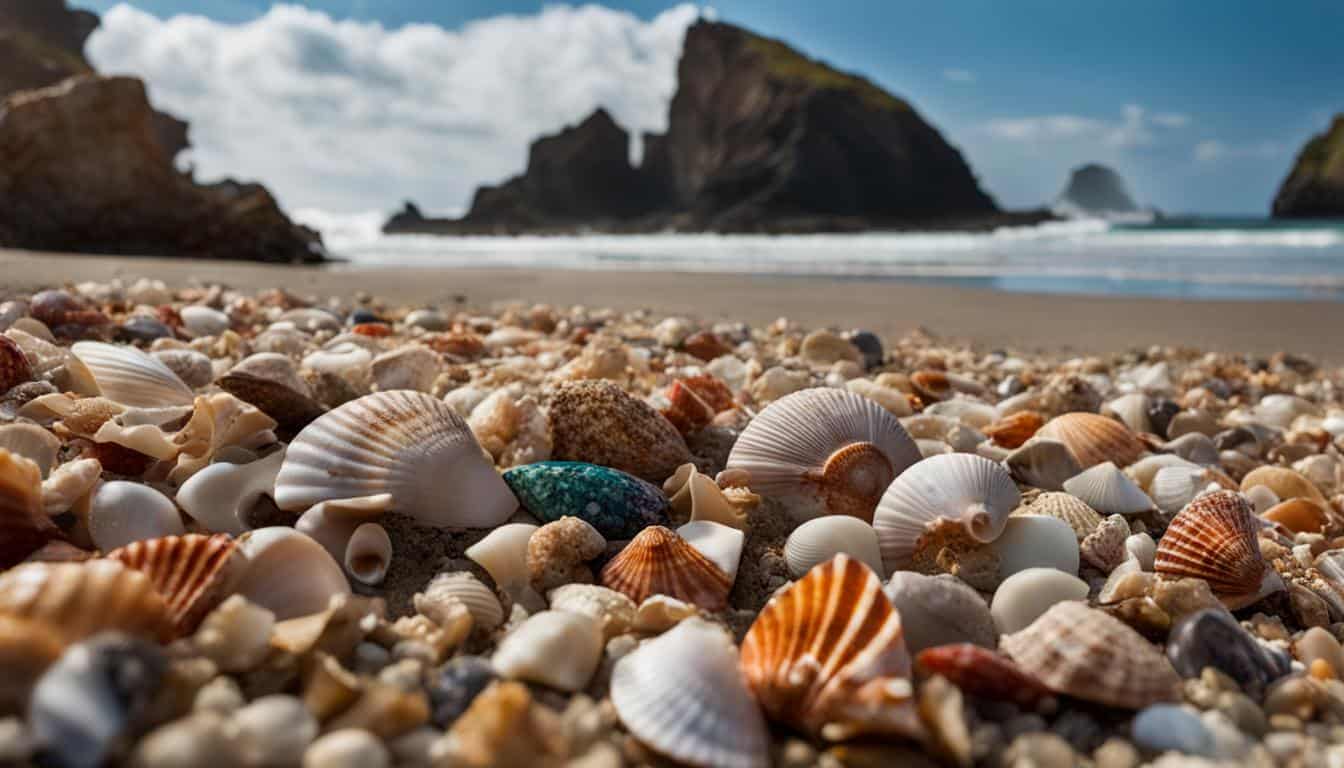
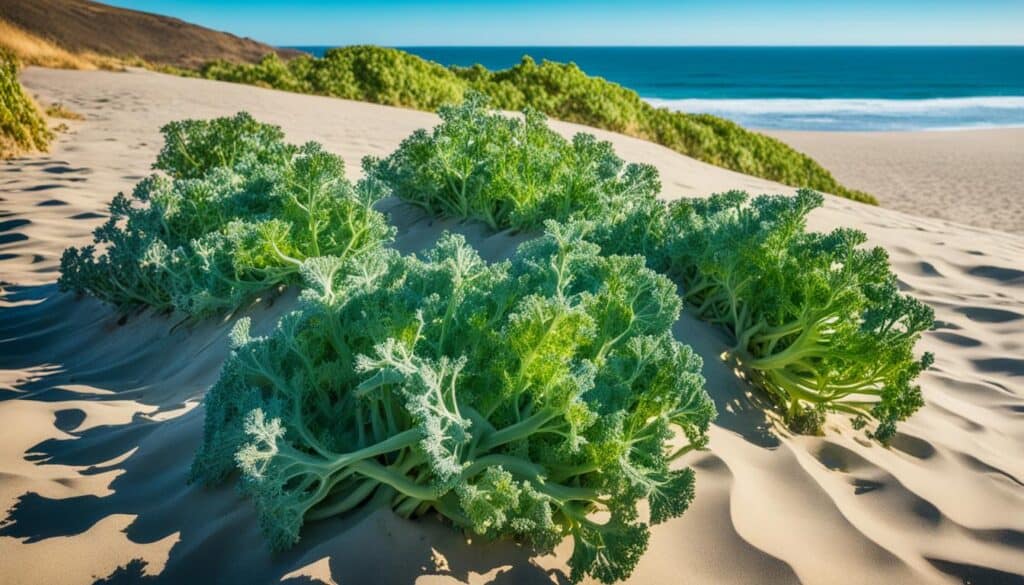
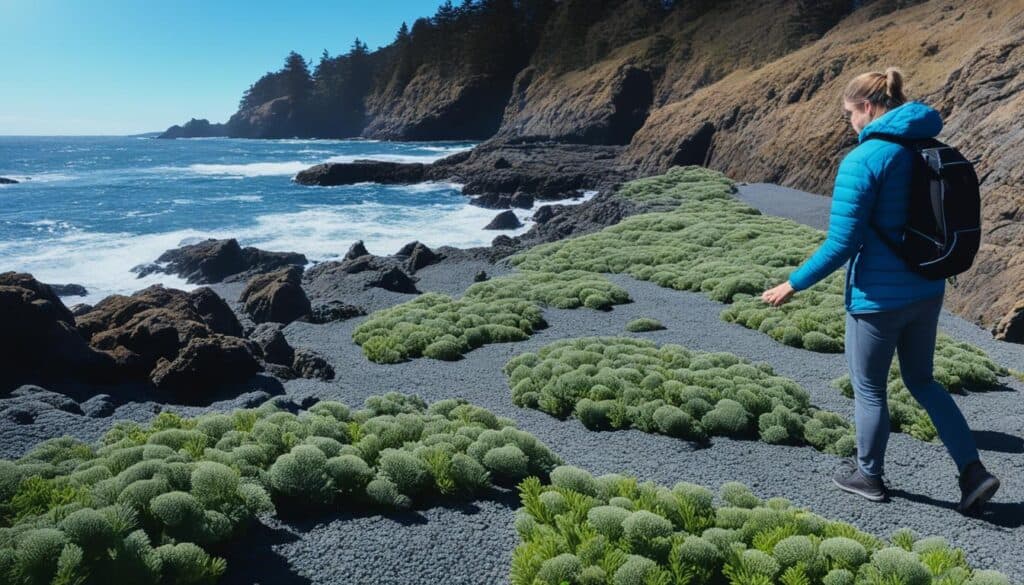
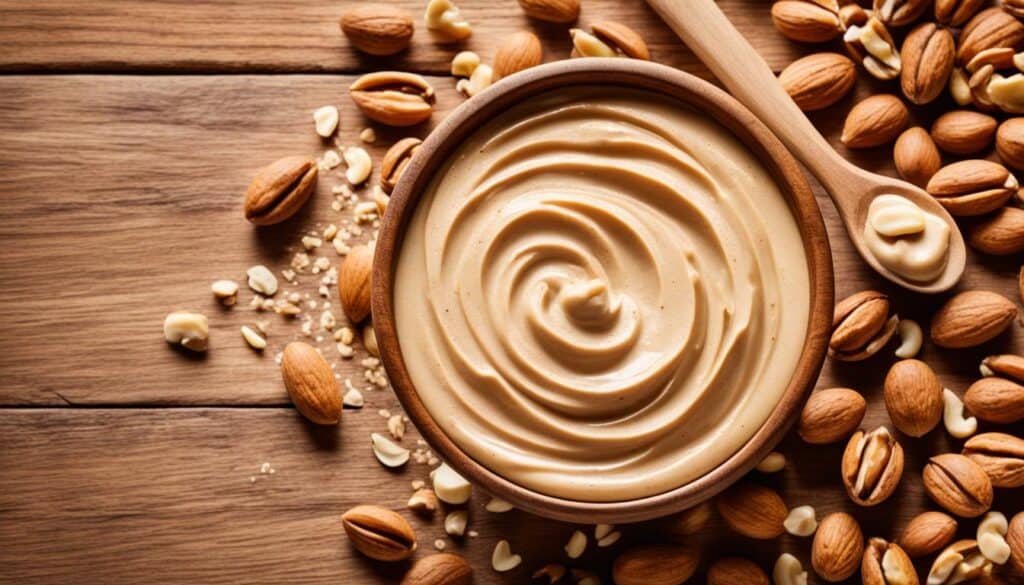

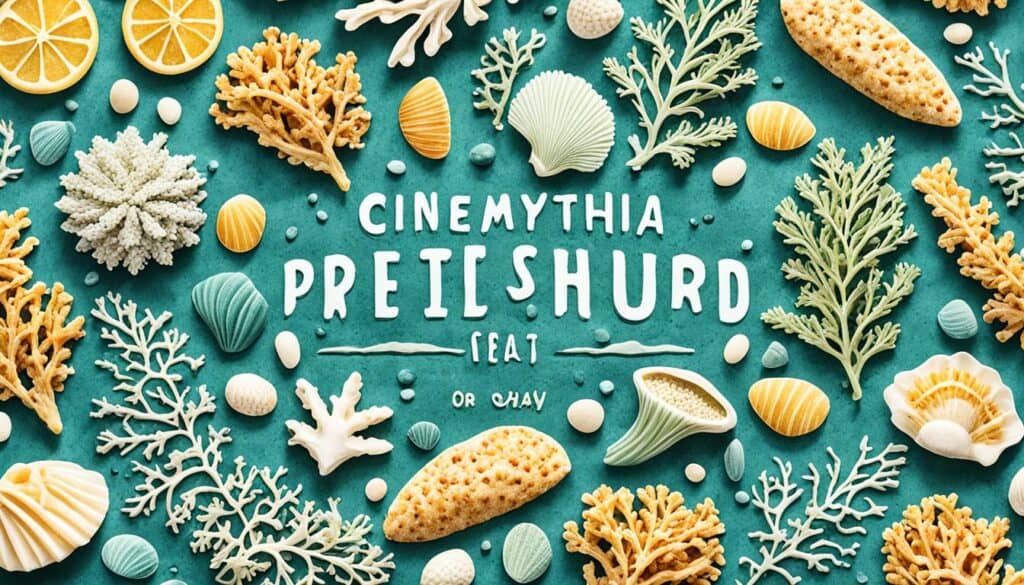



Leave a Reply